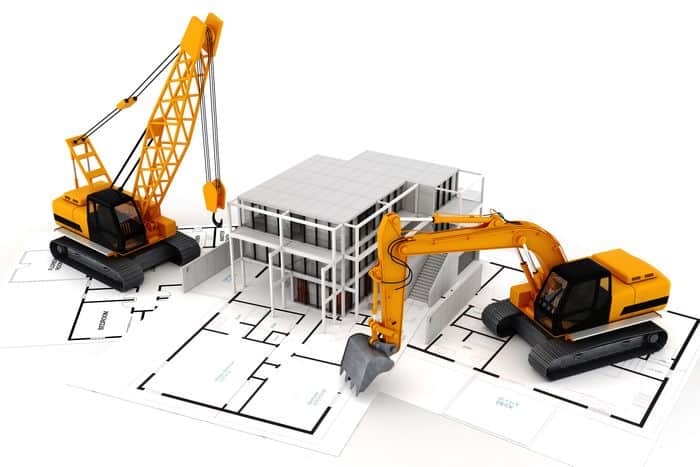Table of Contents
Problem:
Safety in Design (SID), and sometimes called Safe Design of Structures, is a requirement in Australia and in many other countries. Depending on government requirements in your state or country, the designer may be responsible for the safety of the whole life of a structure (including demolition).
According to Worksafe Queensland, Safe design means the integration of control measures early in the design process to eliminate or, if this is not reasonable practicable, minimise risks to health and safety throughout the life of the structure being designed.
The designer may include anyone designing or controlling designers (e.g. design manager).
I estimate that the costs of SID may be possibly 2% of the design cost for large projects, and 7-8% of the design cost for small projects. This varies widely of course.
However, many projects do not budget time and costs to do safety in design checks, reviews and workshops. Sometimes there is a nominal allowance, but it is often not enough to cover the requirements adequately.
This means that the final cost of the project ends up higher than expected (in part due to adding in the costs of safety in design), or that safety in design is not done properly, leaving the structures designed with safety risks.
The designers personally, and their company then also have a legal liability risk if the safety in design has not been done and documented properly.
Some of the links on this website may be affiliate links to products I use, have tested or am familiar with. I may receive a commission if you click on some of those links and make a purchase. This is at no additional cost to you.
Solution:
In a tender which includes the design of a structure, make sure you allow for costs to do proper safety in design reviews, checks, meetings, workshops and documentation. Make sure this is properly communicated in the specifications and drawings and properly stored for easy access by the builder and future review (such as during maintenance or demolition). This is especially important in complicated designs.
There is a large legal liability in case of injury due to negligent design, so fully documenting safety in design is important. You must be able to demonstrate the SID measures were undertaken (with documentation).
If your company has a verification system (Quality Assurance system), then it should have checks to ensure safety in design is being done properly.
Some other things I believe you should allow for are:
- Check the flow on effects on other disciplines in the design (civil affecting structural, affecting electrical etc).
- Allow for inspection of constructed structures and do not sign off on construction if it does not match or better the design (if certification of the structure to the design is required of your company).
- Make sure you also define the party in control of safe design. If injury occurs, the designer must prove they acted diligently before the event happened.
- When putting together a tender it may be possible to itemise the cost of SID or add a % of the total design fees to cover it. (I would appreciate opinions on this, as these figures would depend on past experience and records, and this is a fairly new requirement in Australia – since the start of 2012)
- You could also put the SID cost in the total project management cost.
Lesson:
Make sure you allow adequate time and budget for doing safety in design properly when your project includes the design of structures. Not doing so puts the structure at safety risk, and puts you, your designers, and your company at legal risk.

